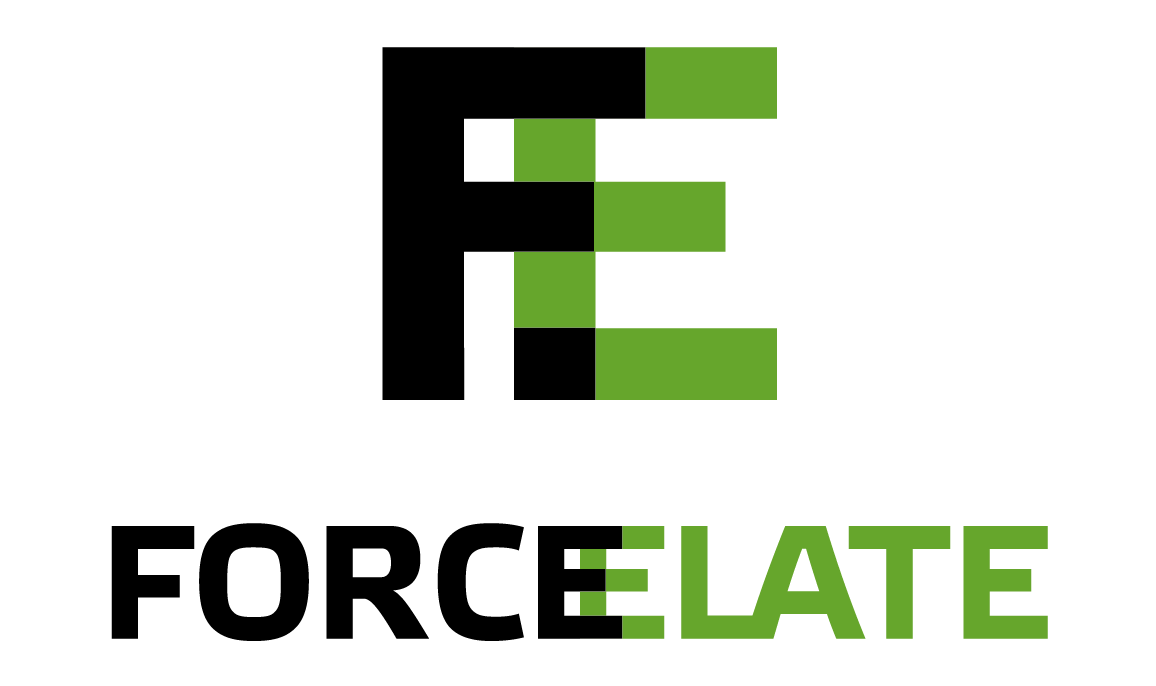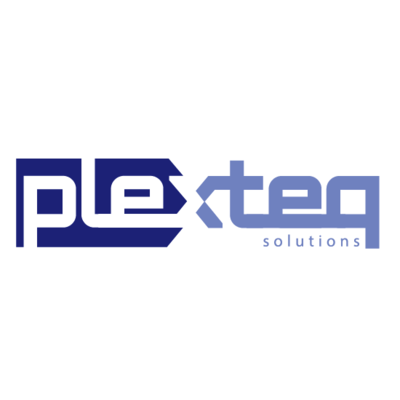
Categories
Problems that solves
Shortage of inhouse software developers
Shortage of inhouse IT resources
High costs of IT personnel
Shortage of inhouse IT engineers
Values
Reduce Costs
Enhance Staff Productivity
Buzzbizz Creative Software Development
Buzzbizz Creative hosts an in-house full spectrum media production team who works with mass media and digital marketing specialists which saves you time energy and money the marketing process.
About Product
Description
Small business owners often struggle with the complexities of marketing. Buzzbizz Creative offers a one-stop solution for marketing, freeing up entrepreneurs to focus on what they do best. We believe that local businesses are the backbone of our economy and our services give entrepreneurs an upper hand when competing in today’s big box, corporate marketplace. Buzzbizz Creative hosts an in-house full spectrum media production team who work hand-in-hand with our mass media and digital marketing specialists which saves you time energy and money the marketing process.
OUR SERVICES
Web Development
Web development can be a daunting task for any business. The ever-changing success matrix and technology surrounding the craft can make it a full-time job for any successful entrepreneur.
Many creative and strategy focused agencies do not involve web developers until after they have ironed out the web design with the client first. Buzzbizz Creative utilizes a team of in-house experts in marketing strategy, graphic design, and digital marketing strategy to deliver effective websites for our clients.
Graphic Design
Graphic design touches just about every aspect of our lives. From the clothes you wear, to the food you eat, there is a graphic designer behind the scenes making the world around you what it is.
In marketing, your graphics are the spokesperson for your brand. Your spokesperson needs to be clear, concise, and on point with your message. At Buzzbizz Creative, we take brand consistency seriously and we believe that your graphic designer is ultimately responsible for that consistency while continually finding new ways to bring excitement to your brand.
Video Production
Whether you are a seasoned pro or it’s your first time working with a video production studio, our methodology to crafting fantastic stories is very straightforward: recognize the purpose of your video, assign the best creatives to your project, then follow our proven process to produce creative, effectual and effective videos.
Audio Production
Audio Production can bring so many things to life. On the web, a brilliantly produced podcast can bring validity to a speaker. Soundtracks can make or break any video production. Of course, the theater of the mind within radio is all made real with the expert ears of professional audio engineers.
Buzzbizz Creative believes that the art of audio is nothing to take lightly. That’s why when other production studios keep with their antiquated equipment and tout purism, we keep pushing forward, investing in the best equipment to make the best recording studio Anchorage has. While constantly learning new techniques that help your production sing loud and clear.
Printing Services
Everything we work on must come to fruition in the form of a tangible format. Consider your collaboration of ideas, without a way to make them tangible you have no format no starting point. That’s where we come in! We’re here to be the best shop for printing Anchorage has seen.
At Buzzbizz Creative we believe that the medium you print your brand on is as important as your brand itself. When we are looking at what materials we print your brand on such as business cards, we take into consideration both aesthetics and tactile properties. If it doesn’t feel right, it will not be received right with the potential clients you are marketing to. So trust us to make your brand not only look good but feel good as well.
Marketing Services
When dealing with marketing, there aren’t magic beans that giant beanstalks leafed with dollar bills. Instead, successful marketing comes from careful consideration between products and people, unraveling how the two relate. While figuring out the best way to connect products and people by tracking everything so you know what worked and what didn’t. Keeping everything under one roof gives you better quality control and a more fluid production process resulting in more effective marketing campaigns giving you the highest yield on your investment. Buzzbizz Creative is unique because we merge the successful marketing techniques with an award-winning in-house creative team.
Digital Marketing
The art of digital marketing is changing at an ever-increasing speed. It isn’t enough to just send out an email occasionally and stay up on the reviews you gather on Yelp. This new age of marketing is a complex web of platforms that interact with potential and current clients in different phases of the sales cycle. It is our job at Buzzbizz Creative to help navigate these complex catacombs across the world wide web. Based on a strictly needs-based business model, you’ll be assured that your account managers will only present tools that will help in the overall goal of converting visitors to customers.

















